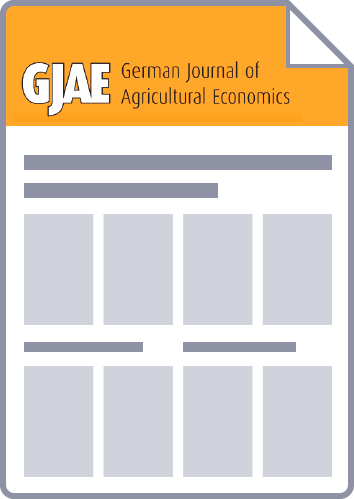Photovoltaics and wind energy must be considerably expanded to achieve the targeted climate neutrality in Germany in 2045 which may cause new conflicts. Especially ground-mounted photovoltaic systems, which are often associated with a high land consumption rate, conflict with other land uses such as agriculture. Due to the simultaneous electricity generation and agricultural use, agrivoltaics (AV) systems can increase land use efficiency which is why they are in the political focus. In this study, we go beyond the limited point-wise analyses of previous studies which have focused mainly on the technology itself and potential yield changes of individual crops and provide a spatially explicit analysis of the AV potential. This is done by an in-depth analysis on the example of arable land in the Stuttgart Region, one of the most important conurbations in Germany and Europe. The study focusses on the resulting agronomic effects in the region and the associated agro-economic effects. The analysis is carried out with an integrated land use model that optimises arable land use by maximising gross margins at the farm level. Legal framework conditions such as the regional plan are considered constraints, and existing studies on yield effects under AV are used. The results show that there are synergies through increases in the agricultural gross margins. These synergies could be realized on about 3% of arable land in the study region subject to the underlying assumptions made. With more than 10% of the arable land in the study region used for AV, the average gross margins in arable farming decrease by about 280 € per ha of AV. Farms or areas with a high share of special crops, such as strawberries, demonstrate the highest profitability. On the other hand, regions with a high share of root crops in the crop rotation seem to be less favourable to establish AV. This demonstrates that, the agricultural land use structure must be considered in the holistic assessment of the land use efficiency of AV installations. Our results help policymakers better assess the effects of AV on land use and are useful for identifying priority implementation areas, for instance, in regional or land use plans.


